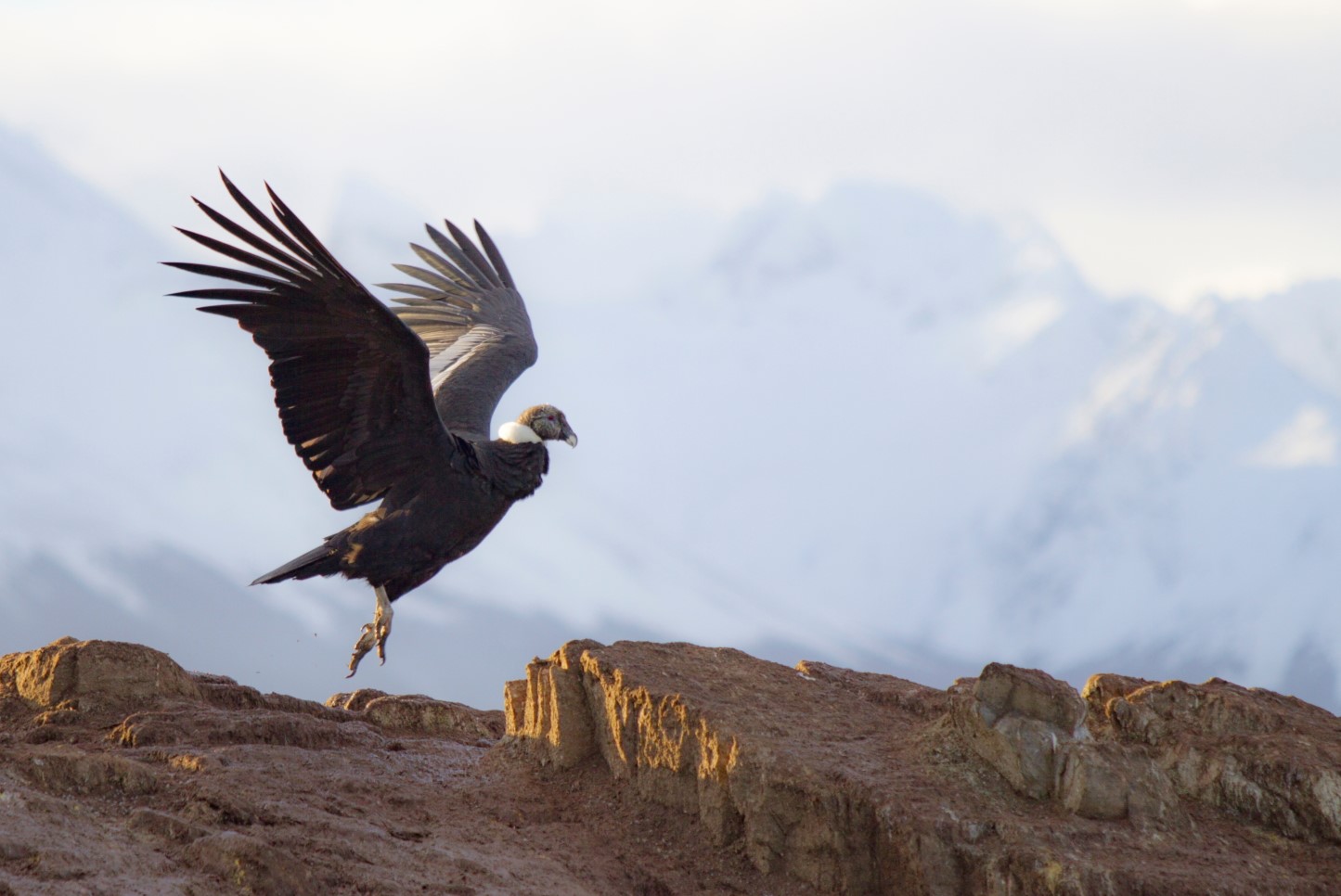
Ever wondered about the majestic Andean Condor? This bird, with its impressive wingspan, is one of the largest flying creatures in the world. Found in the Andes mountains and along the western coast of South America, these birds are not just big but also fascinating. Did you know they can soar for hours without flapping their wings? Their diet mainly consists of carrion, making them nature's cleanup crew. Sadly, these magnificent birds face threats from habitat loss and poisoning. Conservation efforts are crucial to ensure their survival. Curious to learn more? Here are 28 intriguing facts about the Andean Condor that will leave you in awe.
Majestic Birds of the Andes
The Andean Condor is one of the most impressive birds in the world. Known for its massive wingspan and soaring abilities, this bird has fascinated people for centuries. Here are some intriguing facts about this majestic creature.
- The Andean Condor is the largest flying bird in the world by combined measurement of weight and wingspan.
- Their wingspan can reach up to 10.5 feet, making them incredible gliders.
- These birds can weigh up to 33 pounds, which is quite hefty for a bird.
- Andean Condors are part of the vulture family, known for their scavenging habits.
- They primarily feed on carrion, which helps keep their ecosystem clean.
- These birds can live up to 50 years in the wild, a long lifespan for birds.
- Andean Condors are found in South America, particularly along the Andes mountain range.
- They are considered a national symbol in several South American countries, including Argentina, Bolivia, Chile, Colombia, Ecuador, and Peru.
Unique Physical Characteristics
The Andean Condor has some unique physical traits that set it apart from other birds. These features not only make them fascinating but also help them survive in their harsh environments.
- They have a bald head, which helps keep them clean while feeding on carrion.
- Their feathers are mostly black, but males have a distinctive white collar around their necks.
- Males also have a large comb on their heads, which is absent in females.
- Their strong, hooked beaks are perfect for tearing through tough animal hides.
- Andean Condors have sharp talons, but they are not used for hunting; instead, they help in gripping and tearing food.
- Their eyesight is incredibly sharp, allowing them to spot food from great heights.
Behavior and Social Structure
Understanding the behavior and social structure of Andean Condors can provide insights into their survival strategies and interactions.
- Andean Condors are known for their soaring flight, often gliding for hours without flapping their wings.
- They use thermal air currents to stay aloft, conserving energy while searching for food.
- These birds are social and often roost in groups on cliff edges.
- They have a slow reproductive rate, usually laying only one egg every two years.
- Both parents take turns incubating the egg and feeding the chick once it hatches.
- The chicks stay with their parents for up to two years before becoming independent.
Conservation Status and Efforts
The Andean Condor faces several threats that have led to a decline in their population. Conservation efforts are crucial for their survival.
- The Andean Condor is listed as Near Threatened by the International Union for Conservation of Nature (IUCN).
- Habitat loss and poisoning from carcasses laced with pesticides are significant threats.
- Conservation programs focus on habitat protection, captive breeding, and reintroduction into the wild.
- Public awareness campaigns aim to reduce human-wildlife conflict and promote coexistence.
- Some countries have established protected areas specifically for Andean Condors.
Cultural Significance
The Andean Condor holds a special place in the cultures of South America. Its significance goes beyond its ecological role.
- In Andean mythology, the condor is often seen as a symbol of power and health.
- It is considered a messenger between the earthly and spiritual realms in some indigenous cultures.
- The bird appears in various forms of art, literature, and folklore, highlighting its importance in South American heritage.
The Majesty of the Andean Condor
The Andean Condor stands as a symbol of power and grace in the skies. With a wingspan reaching up to 10.5 feet, it's one of the largest flying birds. These majestic creatures can soar for hours without flapping their wings, thanks to their incredible ability to ride thermal air currents. Found primarily in the Andes mountains, they play a crucial role in their ecosystem by scavenging and keeping the environment clean.
Despite their grandeur, Andean Condors face threats from habitat loss and poisoning. Conservation efforts are vital to ensure their survival. Learning about these magnificent birds not only enriches our knowledge but also highlights the importance of protecting our natural world. Next time you see a bird soaring high, remember the Andean Condor and its incredible journey through the skies.
Was this page helpful?
Our commitment to delivering trustworthy and engaging content is at the heart of what we do. Each fact on our site is contributed by real users like you, bringing a wealth of diverse insights and information. To ensure the highest standards of accuracy and reliability, our dedicated editors meticulously review each submission. This process guarantees that the facts we share are not only fascinating but also credible. Trust in our commitment to quality and authenticity as you explore and learn with us.


